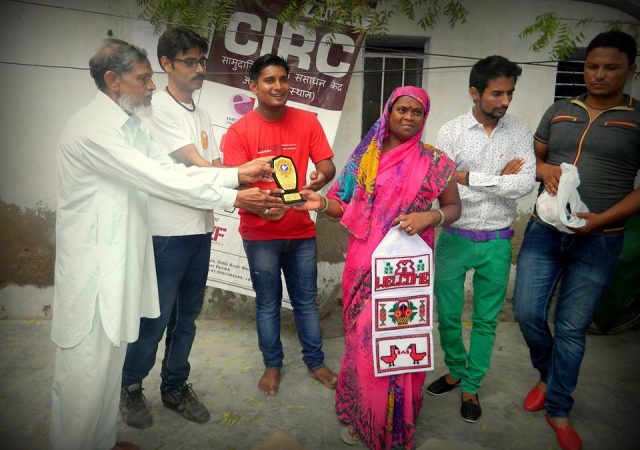As the name suggests, Uttarakhand is a northern state of India, covered by majestic Himalayas. Known for its natural beauty the state of Uttarakhand was carved out Uttar Pradesh in 2000. The state shares its border with Tibet on the north, Nepal on the East and states of Uttar Pradesh to the South and Nepal on the east, Himachal Pradesh to the west and Haryana to the South West. The entire state is made of 13 districts and is divided into two divisions – Garhwal and Kumaon.
Dehradun is the capital of the state and also a counter magnet to the National Capital Territory. Most of the revenue of the state is gathered through agriculture and agri-related activities. Although the state fairs well in terms of human development, there are still several remote regions which lack access to facilities and infrastructure enjoyed by those in urban and semi-urban areas. High altitudes and difficult terrain has created knowledge gap in communities that live in the mountains. Many regions within Uttarakhand fall under BRGF category. However, information on special schemes and services introduced for socio-economic development barely reach the ones who need it the most, due to inadequate ICT penetration and road transportation.
Despite advancement in agricultural techniques, the farming community in villages is still implementing conventional methods on farm. It is important to educate this integral community on modern and latest methods of agriculture to increase yield and enhance their livelihood. Migration is another major problem in the state as a large youth population moves to bigger cities every year for better job opportunities. It is important to make them aware of the new employment schemes and skill development programmes that are run by the government which could help them open greater livelihood opportunities for themselves on their own capacity.
Physical barriers caused due to tough terrain can be overcome by creating a robust digital platform across the state, especially in difficult to reach areas. For instance, network of Soochna Seva spread across Tehri Garhwal is making people aware about their rights and entitlements, whether they are related to education, livelihood or financial security. Similarly, Community Information Resource Centre operating in district Nainital and District Haridwar have been providing affordable digital literacy to people belonging to all age groups, including women, school children and farmers. Several transformations have been observed so far. Many who had never seen computer before can now work with several computer applications. Information gap has shrunk to a great extent, as people today are more aware and conscious of the world around them.
General
| Capital |
Dehradun |
| Area |
53,566 Sq. Km. |
| Total Population |
1.01 Crore (Rural 70%, Urban 30%) |
| Population Density |
189/Sq. Km. |
| Population, 0-6 years |
13.44 % |
| Sex Ratio (per 1000 males) |
963:1000 (Rural 1000:1000; Urban 884:1000) |
| Total Literacy (7+ yrs) |
78.82% (Female 70.01%; Male 87.40%) |
| Rural Literacy (7+ yrs) |
76.31% (Female 66.18%; Male 86.62%) |
| Urban Literacy (7+ yrs) |
84.45% (Female 79.25%; Male 89.05%) |
| Total Scheduled Caste Population* |
17.9% |
| Total Scheduled Tribe Population* |
3% |
| Total Worker Population |
5.6% (Female: 25.3% ) |
| Household Size |
5 |
| Total Districts |
13 |
| Total Blocks |
95 |
| Total Gram Panchayat |
7982 |
(* The figures are according to 2001 Census)


